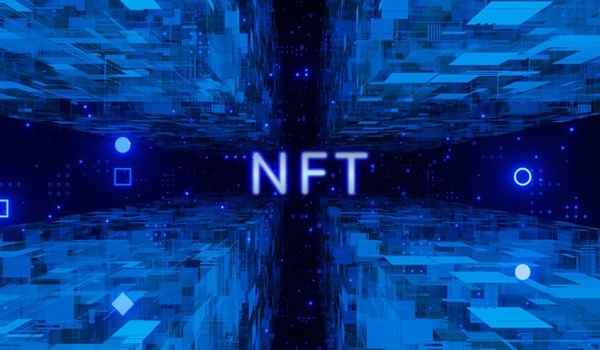Jurisdictions
Regions
Industry Sectors
03/03/23
GLOBAL REGULATION: New FATF Report Highlights NFT & Art Market Money Laundering Risks.

Following the Financial Action Task Force’s (FATF’s) second plenary under its two-year Singapore Presidency, the global watchdog has published a new report on Money Laundering and Terrorist Financing in the Art and Antiquities Market. The report aims to increase awareness and understanding of the risks associated with these markets, helping public and private sector entities identify suspicious activities by listing risk indicators and threats associated with cultural objects.
Other discussions at the plenary centered around:
- Changes to the grey list
- The suspension of Russia’s FATF membership
- Enhancing beneficial ownership transparency
- Identifying and disrupting the financial flows from ransomware
- The FATF Vice Presidency (2023-2025)
The FATF’s report features a section on digital art and non-fungible tokens (NFTs). While 2021 saw a sharp increase in digital art sales associated with NFTs – the sector’s potential market value reached $44.2 billion compared with $106 million in 2020 – blockchain analysis firm Elliptic found that over $100 million worth of NFTs were publicly reported as stolen through scams between July 2021 and July 2022.
While the regulation and supervision of NFTs remains incipient or nonexistent in many jurisdictions, the FATF has identified market vulnerabilities of NFTs related to money laundering. These include:
- The ease of transferability of ownership
- The lack of transparency
- Subjective pricing
- The absence of a need to physically transfer the art
- The possibility of exploiting the flaws in smart contracts used by an NFT platform in thefts or other illicit activities
- High-value transactions
- The lack of monitoring of NFT wallets and the concealability of underlying VA transactions
- The inherent exposure to online theft
- Wash-trading
- The range of market participants that facilitate their exchange
However, the FATF also noted that some of these vulnerabilities may be mitigated if policies and operational techniques were developed to improve the ability of law enforcement to track the transfer of NFTs between parties.
The guidance also includes a non-exhaustive list of risk indicators relating to money laundering and terrorist financing in both the public and private sectors of the art and antiquities market. These include:
- The use of shell companies, trusts, or third-party intermediaries, including art dealers, brokers, advisers, or interior designers, to purchase, hold, or sell cultural objects
- Cash transactions, in particular using large amounts of cash
- The use of large-denomination banknotes
- Sales or purchases of art involving purchasers who do not appear to be concerned with paying a substantially higher price than the notional value of the work
- Sales or purchases of art where a client is not interested in the provenance, history, style, genre, or artist of an object
- The unwillingness of a customer to provide identification information to receive an art-collateralized loan, or early repayment or use of cash to pay such a loan
- Transactions involving art market participants (AMPs) without expertise in concluding high-value purchases or sales
- Transactions involving politically exposed persons (PEPs) or their family members or close associates
The FATF reminds compliance staff that while a risk indicator may demonstrate or suggest the likelihood of suspicious activity, a single indicator concerning a customer or transaction may not alone warrant suspicion. Rather, firms should use the risk indicators to prompt further monitoring and examination, where appropriate.
In February 2023, the British Art Market Federation also issued updated guidance on AML requirements for UK AMPs and how they can be implemented. This guidance builds on the initial guidelines that were published in August 2022. Approved by HM Treasury, the advice aims to provide a detailed explanation of the new requirements outlined in the European Union’s Fifth Anti-Money Laundering Directive (5AMLD), which came into force across all member states on January 10, 2020.
The main amendments to the guidance center around legislative updates and a clarification on the obligations of AMPs to report inconsistencies in company information that come to their attention. Specifically, the updated guidance reflects the following:
- Artists selling their own work are no longer subject to AML requirements, but artists selling works on behalf of other artists must register as an AMP and follow appropriate customer due diligence (CDD) procedures
- In addition to assessing the risk of money laundering and terrorist financing, AMPs must now also assess the risk of proliferation financing when analyzing the risk profile of their business and customers
- From April 1, an AMP must obtain full details of beneficial owners when the customer is an unlisted company, registered trust, or limited liability partnership
- AMPs must report to HM Revenue and Customs (for registered trusts) and Companies House (for companies) any discrepancies in the information they have received regarding beneficial owners of customers, such as:
- Different names
- Incorrect date of birth
- Inconsistent nationality
- Different correspondent address
For further guidance on obtaining beneficial ownership information, compliance staff should look out for upcoming guidance from the FATF due to be published in March 2023.


